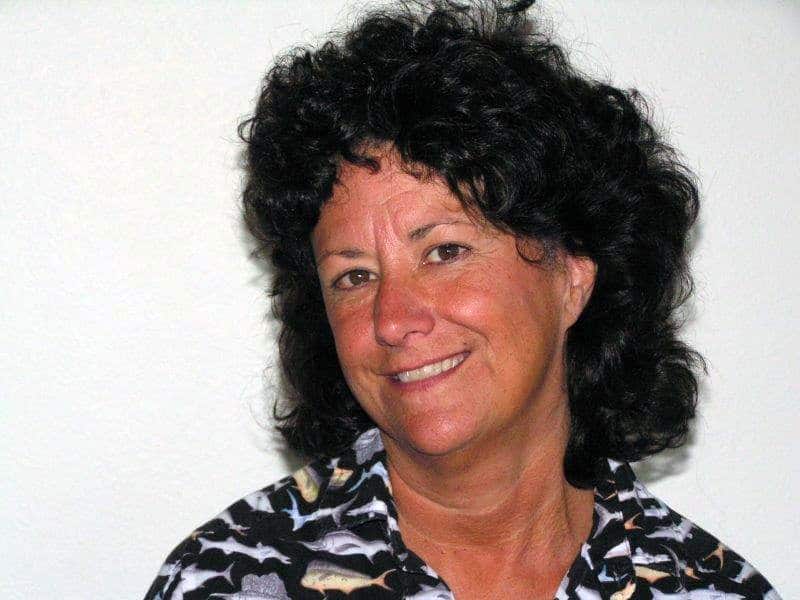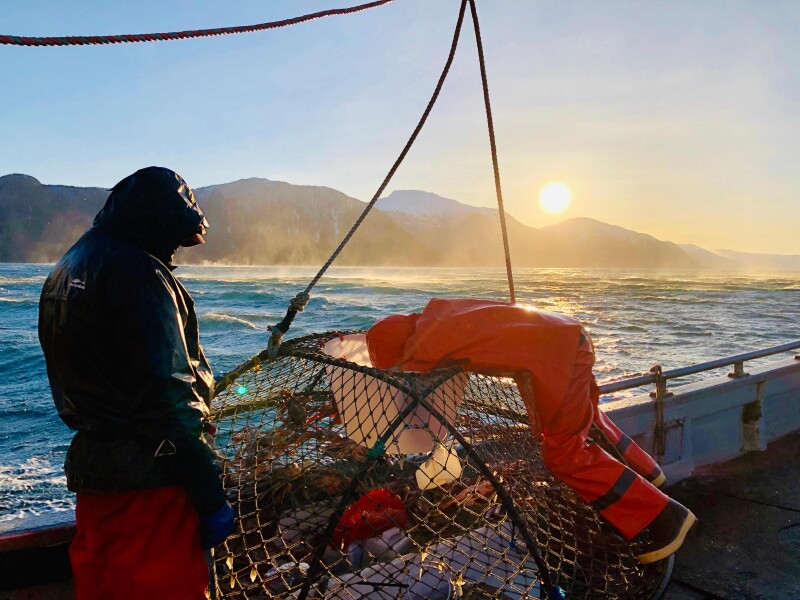Alaska's largest groundfish and crab fisheries begin each year's fishing cycle.
Summer salmon seasons will always be at the heart of Alaska's fishing industry, but January marks the start of the Great Land's largest fisheries.
Beginning on January 1, fishermen using baited hooks and pots target Pacific cod, rockfish, and other species in waters of the Bering Sea and Gulf of Alaska.
That's followed on January 20 when fisheries in both regions open to trawl gear. The bulk of Alaska’s seafood, by far, is taken by trawl gear at fishing grounds from three to 200 miles offshore that are managed by federal overseers. Their bounty includes over two dozen types of groundfish; notably, the nation's largest fishery - Alaska pollock - which this year is set to produce over three billion pounds.
A small pollock fishery also opens in state waters at Prince William Sound, which has a catch quota of just over 9 million pounds.
Alaska winter fishing also includes lots of crabbing
A handful of crab boats continue to drop pots for 4.88 million pounds of golden king crab at the far-flung Aleutian Islands region in a fishery that ends in March. Crabbers also are targeting 6.27 million pounds of Tanner crab in the Bering Sea.
After a two-year hiatus due to a stock collapse, the Bering Sea snow crab (opilio) fishery was opened for the 2024/2025 season with a harvest total of 4.72 million pounds, the smallest in the history of the fishery. While the season officially opens in mid-October, crabbers typically begin fishing for snow crab in January.
On January 15, a Tanner crab fishery opens at Kodiak and the Aleutian Peninsula (called the westward region) for a combined total of 770,000 pounds. That's down from 3.48 million pounds in the January 2024 season, during which a fleet of 166 boats took the Tanner quota in just two days.
A small red king crab fishery opens at Norton Sound on February 1 with a harvest of 63,550 pounds.
In Southeast Alaska, Tanner and Golden king crab fisheries open concurrently on February 17, and permit holders can fish for both.
Managers report that the Tanner crab stock is on a slight decline.
“The harvest has been pretty steady for the last 25 years, and it hangs around a million pounds every year, pretty consistently,” said Adam Messmer, Regional Shellfish Biologist for the Alaska Dept. of Fish and Game. About 63 crabbers participated in the Tanner fishery in 2024.
Southeast's smaller Golden king crab fishery will see a boosted catch of about 25 percent from last season to 341,500 pounds for a fleet of roughly 41 permit holders.
Low supplies, big demand boost crab prices
Tightened overall crab supplies have resulted in significant price increases compared to this time last year.
Global market expert Les Hodges said that by the end of December, Golden king crab (16-20 count) was up 42 percent, while Canadian 5-8 ounce snow crab prices have surged more than 50 percent.
"Dungeness clusters have experienced an even sharper increase, with prices up 84 percent. Meanwhile, with the elimination of large Russian red king crab, particularly the 9/12 count, have also contributed to an 88 percent rise in prices from 2023 levels," Hodges wrote in his recent newsletter.
Snow crab imports into the U.S. have also declined, totaling just under 122 million pounds through November, a 4.2 percent decline from the same period in 2023.
Canadian snow crab accounts for 91 percent of all U.S. snow crab imports followed by Norway with a 6 percent market share.
Retailers and food service companies secured early purchases of snow crab and have benefited from lower prices, helping stabilize the market during the fall.
Hodges said the majority of retail ads in January continue to be in the $7.99 to $8.99 per pound range.
Catch these winter fish meetings: trawl chum cap, 2025 halibut catches, Southeast AK fisheries
Halibut catches for 2025 will be announced at the IPHC’s annual meeting set for January 27-31 in Vancouver, British Columbia.
The state Board of Fisheries meets January 28-February 9 in Ketchikan, where it will address 158 proposals for Southeast Alaska and Yakutat fish and shellfish issues. The Board sets policy for all subsistence, commercial and sport fisheries in Alaska state waters out to three miles.
The North Pacific Fishery Management Council is holding a special meeting on February 3-11 focused on two issues: a second review of the chum salmon bycatch analysis and appendices and 2025 harvest specifications for Cook Inlet salmon. The meeting will be held at the Egan Center in Anchorage.
The deadline to provide written comments to the NPFMC is January 31. Comment HERE







